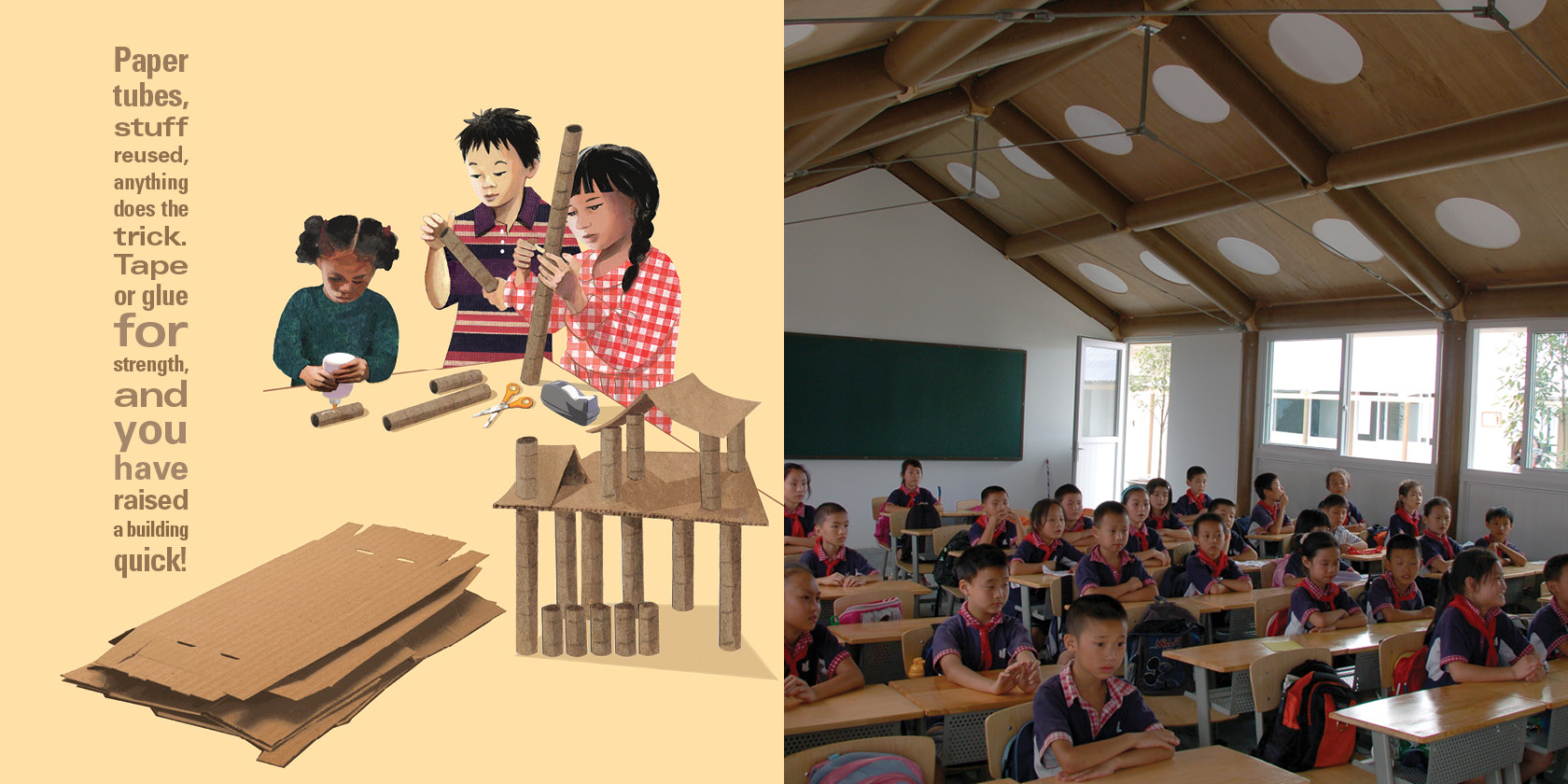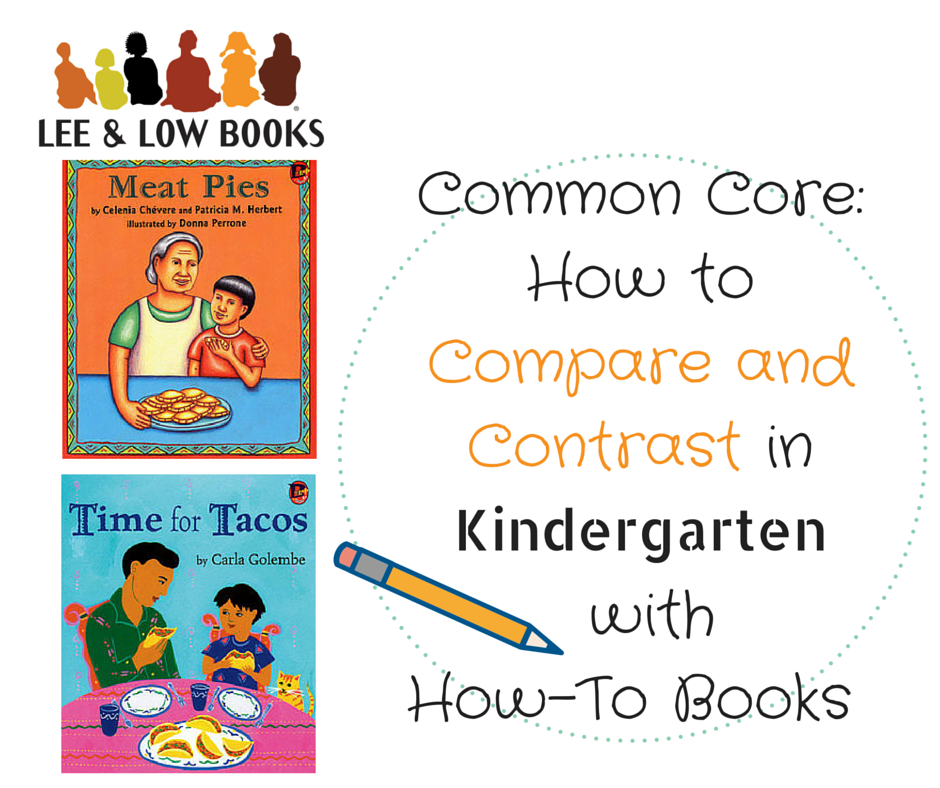In this guest post, educator and writer Tami Charles presents text- dependent questions and inquiry-based activities for students to practice close reading and critical thinking with the book Step Up to the Plate, Maria Singh. Continue reading
Tag Archives: lesson plans
Dive Into Reading with the Confetti Kids Activity Guide
Dive Into Reading! is LEE & LOW’s new line of early chapter books that focuses on supporting readers in each stage of their reading development.
The Confetti Kids series follows a group of five children from diverse backgrounds living in a friendly city neighborhood, and each book follows a different character as they learn about friendship and how to navigate common childhood experiences.
Reading for the Earth: Ultimate Earth Day Resource Roundup
Earth Day, April 22nd is right around the corner, and we at Lee & Low are some pretty big fans of this blue planet we live on. So, whether you choose to plant a tree or pledge to better uphold the 3 R’s -reduce, reuse, recycle- we are celebrating and promoting awareness the best way we know how- with books! Continue reading
Resources For Teaching About Wangari Maathai and Seeds Of Change
Jill Eisenberg, our Resident Literacy Expert, began her career teaching English as a Foreign Language to second through sixth graders in Yilan, Taiwan as a Fulbright Fellow. She went on to become a literacy teacher for third grade in San Jose, CA as a Teach for America corps member. She is certified in Project Glad instruction to promote English language acquisition and academic achievement. In her column she offers teaching and literacy tips for educators.

In honor of Wangari Maathai’s birthday on Tuesday, April 1 and upcoming Earth Day later this month, we at Lee & Low Books want to share all the fantastic resources and ideas that are available to educators who are teaching about Wangari Maathai’s legacy and using Seeds Of Change: Planting a Path to Peace.
Why Shigeru Ban Winning the Pritzker Architecture Prize is So Great
We were thrilled to see the announcement this week that architect Shigeru Ban has won the Pritzker Architecture Prize, one of architecture’s most important awards. Ban is notable not only for his inspired and gorgeous designs but for his humanitarian work using innovative architecture and renewable resources to help refugees and those affected by both man-made and natural disasters. Take a look at his paper tube school in China, featured in our book Dreaming Up:
How to Compare and Contrast with the Common Core in Kindergarten
 Over the past several weeks, I have demonstrated what compare and contrast can look like in second and third grade. Even as young as kindergarten, early readers can learn to compare and contrast successfully within and between texts. In doing so, teachers can assess students’ abilities at close reading, comprehension, and interpretation.
Over the past several weeks, I have demonstrated what compare and contrast can look like in second and third grade. Even as young as kindergarten, early readers can learn to compare and contrast successfully within and between texts. In doing so, teachers can assess students’ abilities at close reading, comprehension, and interpretation.
Below is a comparison of two books of similar topic and genre. I have created sample questions to teach towards and check mastery of each of the three Common Core categories. These are by no means the only questions to ask in each category, but these provide an overview of the progression in question complexity and mastery of the texts.
By creating a range of compare and contrast questions across the standards, we are able to differentiate for students within a class, provide extension opportunities for ready learners, or move the whole class from literal- to higher-level thinking over the course of several lessons.
Texts:

Meat Pies (Level: A)
Using Dual Language and Bilingual Books in Third and Fourth Grade
 Resident Literacy Expert Jill Eisenberg began her career teaching English as a Foreign Language to second through sixth graders in Taiwan as a Fulbright Fellow. She went on to become a literacy teacher for third grade in San Jose, CA as a Teach for America corps member. She is certified in Project Glad instruction to promote English language acquisition and academic achievement. In her column she offers teaching and literacy tips for educators.
Resident Literacy Expert Jill Eisenberg began her career teaching English as a Foreign Language to second through sixth graders in Taiwan as a Fulbright Fellow. She went on to become a literacy teacher for third grade in San Jose, CA as a Teach for America corps member. She is certified in Project Glad instruction to promote English language acquisition and academic achievement. In her column she offers teaching and literacy tips for educators.
Note: This lesson can be done with other books, but dual language/bilingual books offer a unique opportunity to engage non-English speaking parents in the classroom and provide a way to continue rigorous discussions with their children at home regardless of English in the home. Bilingual books additionally underscore the diversity of our classroom communities and equalize parents as teachers in students’ minds.
Using a bilingual book with a Spanish-speaking parent in the classroom is a strategy I learned teaching in San Jose, CA as a part of a parent engagement program called “Los Dichos de la Casa” by Silicon Valley YMCA. Whether your classroom has only a few English Language Learners (ELLs) or a majority, bilingual and dual language books can encourage close reading of a text and increase accessibility of the text to ELLs.
In this series, I’ve modeled how bilingual and dual language books are being used in classrooms to foster deep, critical thinking and a love of reading. Last week I looked at first and second grade, and this week I take a look at third and fourth grade:
Exemplar text: Grandma and Me at the Flea/ Los Meros Meros Remateros by Juan Felipe Herrera


